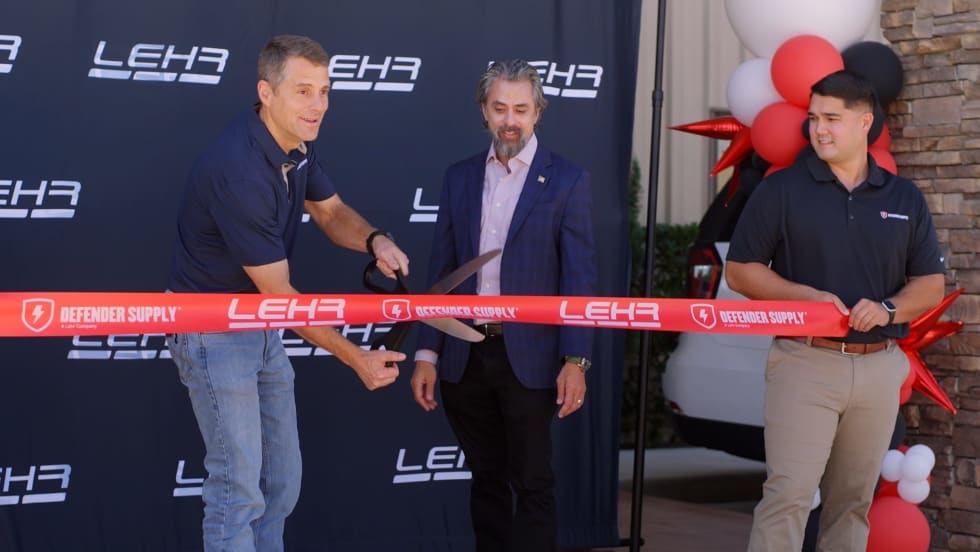All three major manufacturers of patrol cars incorporate crush or crumple zones into their vehicle designs. These are most effective in frontal impacts and to a somewhat lesser degree in rear impacts. Intrusion beams contained within the doors offer a margin of side-impact protection, though they fall short of the security that a race car's roll cage provides, but they are pretty good for a street vehicle.
And race cars don't offer air bags, which are standard equipment and proven safety devices in both civilian and police vehicles. All patrol cars now have driver side air bags and many have passenger side air bags. When combined with seat restraints, these can save lives and prevent serious injuries, particulary during a front-end collision.
Unfortunately, two factors have combined to prevent front-end collision protection from bringing down the fatality rate for officers in accidents: One, many officers don't wear seat belts; two, a lot of officers are killed when their cars are T-boned and their heads strike the driver's side windows of their cars.
Of course, three-point seat belts are standard in these cars and should be considered the most important safety feature. Studies have shown that air bags are less effective when used alone, but used in conjunction with seat belts they offer the fullest degree of protection. While not as secure as a five-point race harness, commercial three-point belts are far more convenient and immensely quicker to get into and out of so there's no good reason not to use them.
There's not much that manufacturers can do about cops not wearing their seatbelts on duty. But they're working on making cars safer during side impact. For example, side-curtain air bags are available as an option in all Ford, Chevrolet, and Dodge patrol vehicles.












